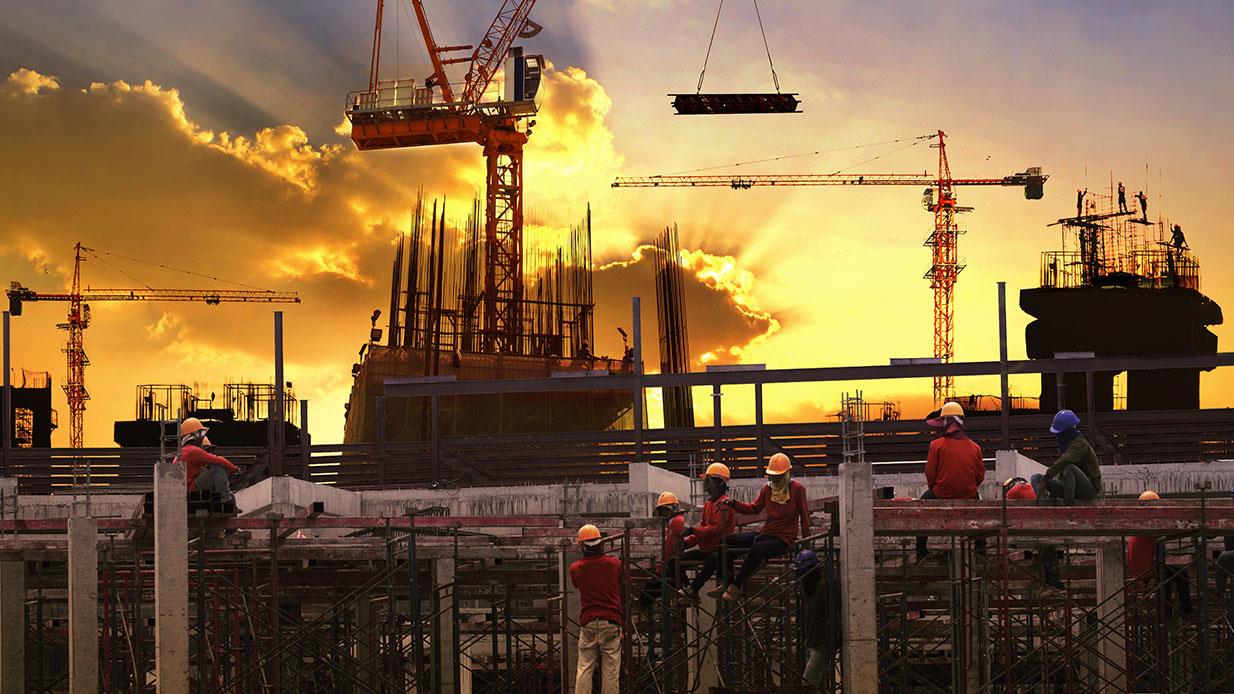Why You Should Conduct a Risk Assessment of Your Plant
Tags: workplace safety

No worker or employer wants to feel unsafe on the job. To gain a better understanding of the hazards present in your plant, a comprehensive risk assessment is essential. These types of assessments offer the most effective way to combat risks and help to create a safer working environment. Following are a few other reasons why you should conduct a regular risk assessment.
Raise Awareness of Potential Dangers
Risk assessments explore potential dangers in the workplace. They give employees the opportunity to identify hazards and assess the risks. Once these risks are brought to your attention, you are better able to control them. Raising awareness of the hazards in the plant is the most important step in protecting your staff. It acts as a vital reminder for workers to avoid activities that pose a threat and assists with coping strategies should anyone find themselves in an unsafe predicament.
Encourage Safety Training
While safety training is a prerequisite for plant work, risk assessments help to confirm that everything is up to date, encouraging refresher courses or additional training. Because safety procedures often change, it's important to have training periodically. Regular training in line with the national safety procedures also helps ensure that only qualified personnel operate machinery or use specific tools. In addition, the right training can educate workers on how to report defects in tools or machinery, store tools safely and manage maintenance requirements.
Maintain a High Cleanliness Level
Plants are often associated with messy environments, but it pays to maintain a high level of cleanliness to prevent hazards. Work areas that are cluttered and disorganized can lead to avoidable accidents. Even less likely areas like ventilation and lighting fixtures should be taken into consideration, especially in potentially dangerous zones.
Stay Up to Date with Safety Regulations
Staying up to date with current regulations is one of the required commitments for an exceptional safety record. Risk assessments involve reviewing all workplace information and checking whether your plant measures up to the safety regulations. This includes assessing all risk controls to take into account any regulation changes.
Highlight Necessary Repairs, Testing and Maintenance
Through a comprehensive analysis, regular risk assessments can shed light on necessary plant maintenance and repairs as well as help determine maintenance schedules and other requirements. These assessments are important for reviewing the condition of the plant and reporting defects.
Review Incident Records and Data
Risk assessments provide an opportunity to check your plant's records on workplace injuries, illnesses, dangerous incidents and previous inspection reports. This information can offer valuable insight about the hazards in your plant.
Remember, creating a safe work environment begins with a detailed risk assessment. This should be achieved through a structured process, with sufficient guidance to reduce potential dangers and a review of how risks are to be managed in the future.
About the Author
Jayde Ferguson writes for DM Civil, which provides safe, tailored and sustainable civil contracting services to Australia’s leading construction companies.